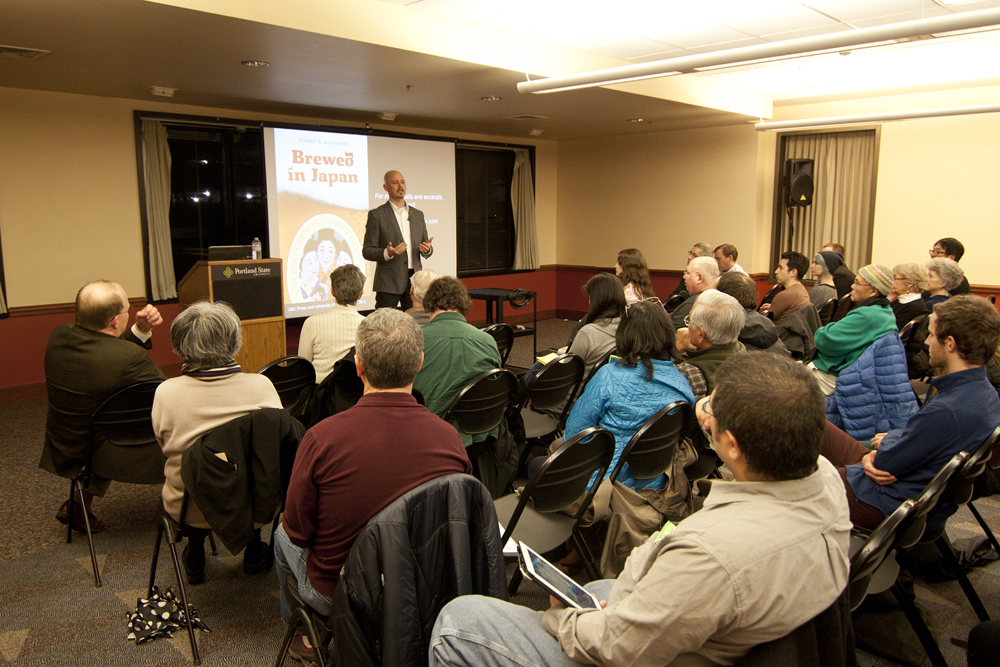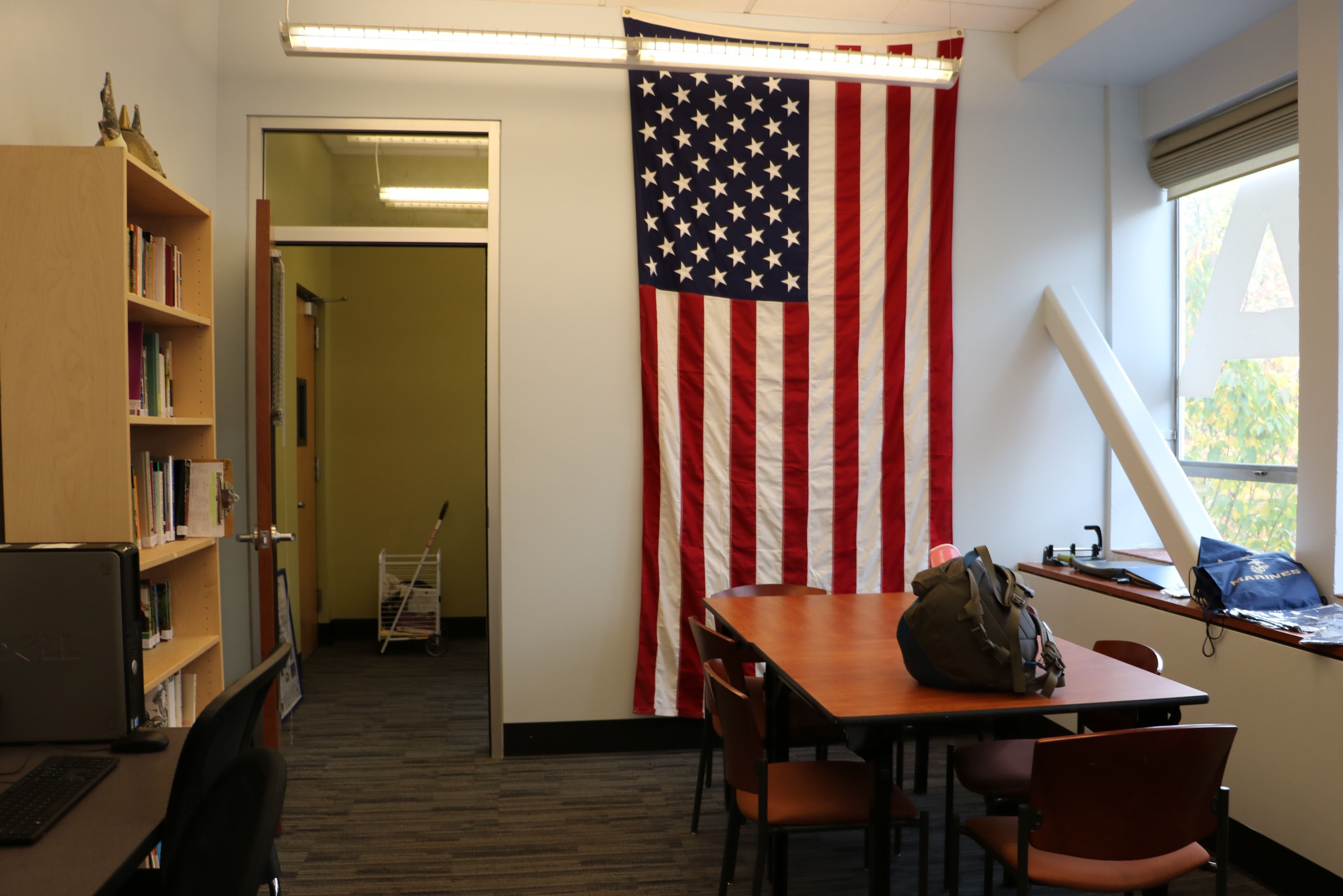On Jan. 4 the new 25 percent sales tax on recreational marijuana in Oregon went into effect. Since Oct. 1, when medical dispensaries began selling recreational marijuana to those 21 and older, those sales had been tax-free. Dispensaries around Portland have noticed various effects since the increase.
David Alport, owner of Bridge City Collective, said that in his experience, people are spending the same amount of money. He said it hasn’t slowed down sales and that average daily sales are the same. However now they have to give more of their revenue to the government.
“If [customers] came in before the sales tax kicked in and spent $10 on a gram, they’re still coming in and trying to spend $10 on a gram,” Alport said. “So we’re just making less at this point.”
Some dispensaries decided to open with higher prices so there would be no noticeable increase for customers, but Alport felt strongly against this move.
“No way,” Alport said. “People were going to have to take that hit whether it happened in October or January. I don’t think it’s fair for us, as a business, to treat our customers that way.”
But Michael Smith, general manager of Alberta Green House, said they started with the higher prices because they didn’t want the price hike to come as a surprise to customers in January, which was the case at Pure Green, according to owner Matt Walstatter.
“That was definitely a shock for a lot of people,” Walstatter said.
In its 2015-17 requested budget, the Oregon Liquor Control Commission estimated tax revenue for this two-year period as $18.4 million. Measure 91 stipulates that this revenue be distributed to the Common School Fund (40 percent), Mental Health Alcoholism and Drug Services (20 percent), State Police (15 percent), cities and counties for enforcement of the measure (10 percent each) and the Oregon Health Authority (5 percent).
But the new sales tax may not be the biggest tax-related challenge dispensaries face. Cannabis is considered a schedule 1 drug (as is heroin). According to the Drug Enforcement Administration, these substances are the most dangerous type of drug with a strong potential for abuse and possible severe psychological and/or physical dependence with no current accepted medical use.
Because of this classification, the Internal Revenue Code 280e prohibits businesses that sell schedule 1 drugs from writing off typical business expenses such as rent, payroll and advertising.
“That affects us in a huge way,”Alport said. “It makes it much more difficult to operate.”
Walstatter agrees. This code stipulates that businesses can deduct the cost of goods sold, but few other operating expenses.
“For us, that means we can deduct the cost of cannabis, the cost of packaging and lab testing that goes with it—but really very little else,” Walstatter said. “And it is a huge challenge. It leaves people being taxed at an effective rate of 70, 80, 90 percent.”
Walstatter has spent a lot of time and money with accountants and tax lawyers trying to create strategies to minimize this burden. Together, they found some ways to mitigate these expenses, but the only way to really change things would be to alter the tax code, which would require congressional action.
That’s why Walstatter is a founder of the Oregon Cannabis Political Action Committee. OCPAC is the legal arm of the Oregon Cannabis Association, with three full-time lobbyists. Most of its work has been on the state level, but recently they’ve started federal lobbying as well.
OCPAC wants to create federal legislation that would either eliminate 280e from the tax code or pass a law that would exempt cannabis businesses. The committee now has the support of Rep. Blumenauer, Sen. Wiley and Sen. Merkley.
While eliminating these regulations in the tax code would help, Walstatter doesn’t think cannabis should be categorized as a schedule 1 drug in the first place.
“I think it’s a joke,” Walstatter said. “Schedule 1 means no medical uses at all. We have legal cannabis in 23 states plus the District of Columbia for medical purposes. So how is that possible that it has no medical use?”
In fact, the government holds a patent for using Cannabidiol, high cannabinoid compounds in marijuana that have antioxidant properties without psychoactive effect, as a neuroprotective, which is a medical use of cannabis.
The U.S. Food and Drug Administration’s Controlled Substances Act created the drug schedule that lists where substances should fall in the schedule of prohibition.
Walstatter said many people think marijuana should be rescheduled, but he thinks it should be removed from this list entirely.
“I think it should be descheduled,” Walstatter said.
The 25 percent sales tax will last until the end of 2016, when the OLCC, the agency responsible for regulating the recreational marijuana industry, is expected to approve the opening of recreational marijuana retail stores. Once this happens, medical marijuana dispensaries will no longer be able to sell recreational marijuana, and the 25 percent tax will be replaced with a permanent 17 percent sales tax.
That may be cost beneficial for consumers, but it’s unclear how it will impact businesses.






